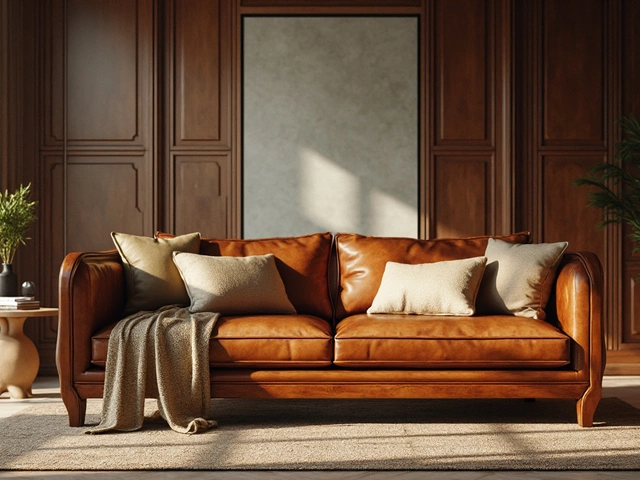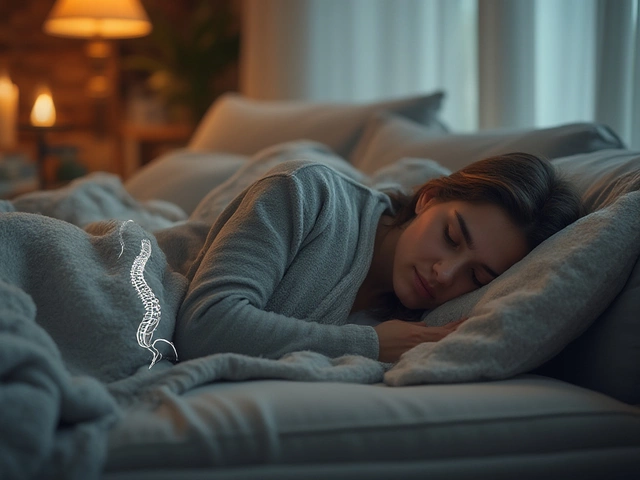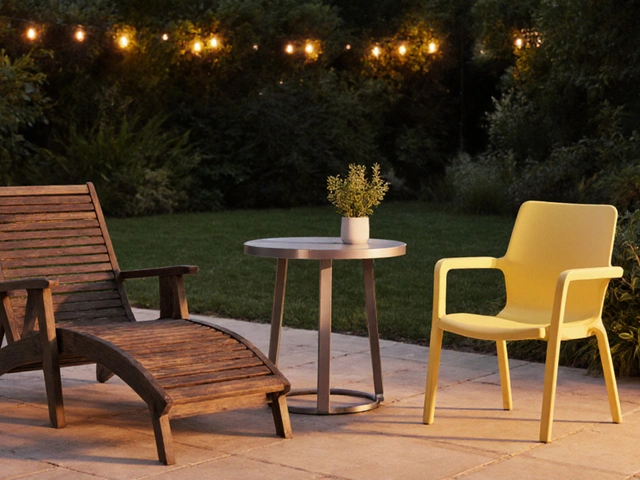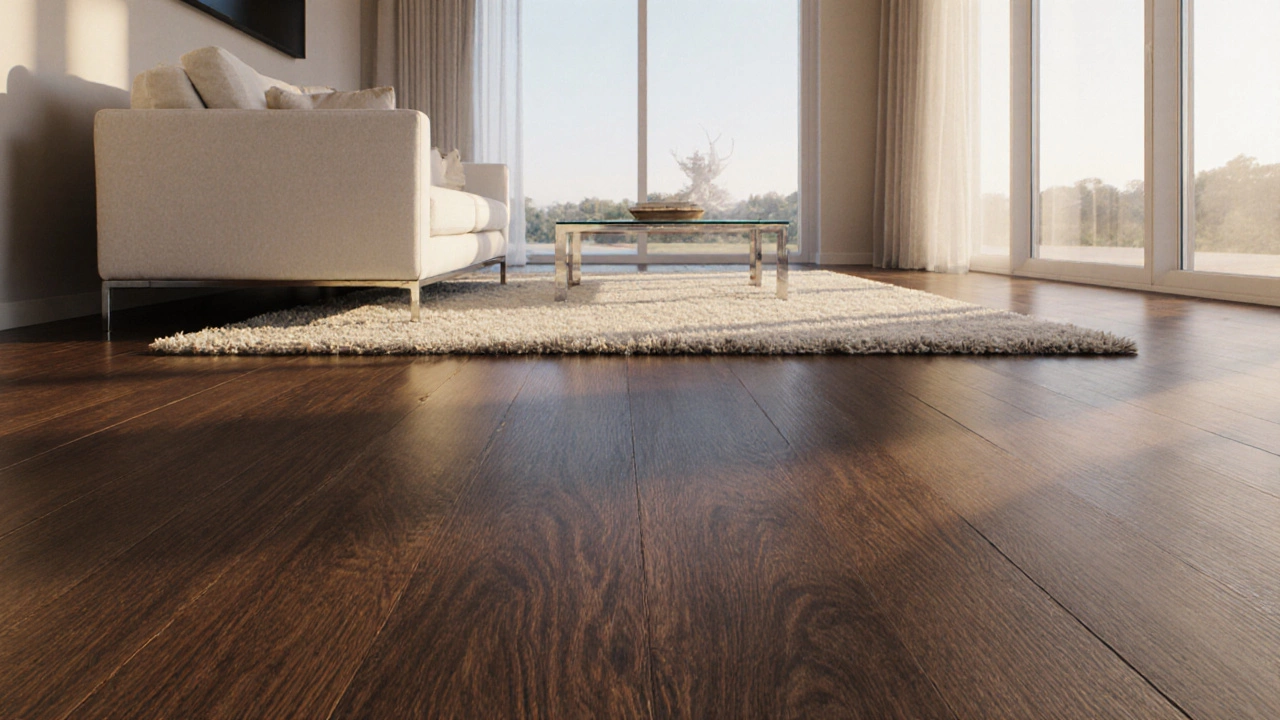
Luxury Flooring Comparison Tool
The following attributes determine how luxurious a floor appears:
- Visual Cues: Sheen, texture, pattern, and color depth
- Material Quality: Natural veining, grain, and finish
- Installation: Seamless appearance and proper preparation
Perceived Luxury:
Typical Cost:
Maintenance:
Best For:
| Floor Type | Perceived Luxury (1-5) |
Typical Cost (NZ$/m²) |
Maintenance | Best For |
|---|
When you step into a room, the floor is the first thing your eyes land on. A well‑chosen floor can instantly make a space feel like a designer showroom, even if the budget is modest. The trick isn’t always about spending more; it’s about picking materials that naturally convey richness, reflect light, and showcase fine details.
Key Takeaways
- Visual cues such as sheen, texture, and pattern drive the perception of luxury.
- Hardwood (especially walnut and oak), marble, and high‑gloss porcelain rank highest in upscale appeal.
- You can achieve a high‑end look on a tighter budget with engineered wood, polished concrete, or luxury vinyl plank.
- Maintenance, room suitability, and installation complexity are crucial when choosing premium‑looking flooring.
- Pair the right floor with lighting, furniture, and accessories to amplify the expensive feel.
What Makes a Floor Look Expensive?
People associate certain visual qualities with wealth. A high‑gloss finish catches and reflects light, creating depth. Large‑format tiles or wide planks reduce visible seams, giving a seamless elegance. Natural veining, fine grain patterns, and subtle color variations suggest handcrafted quality. When these cues line up, the brain registers the floor as “luxurious.”
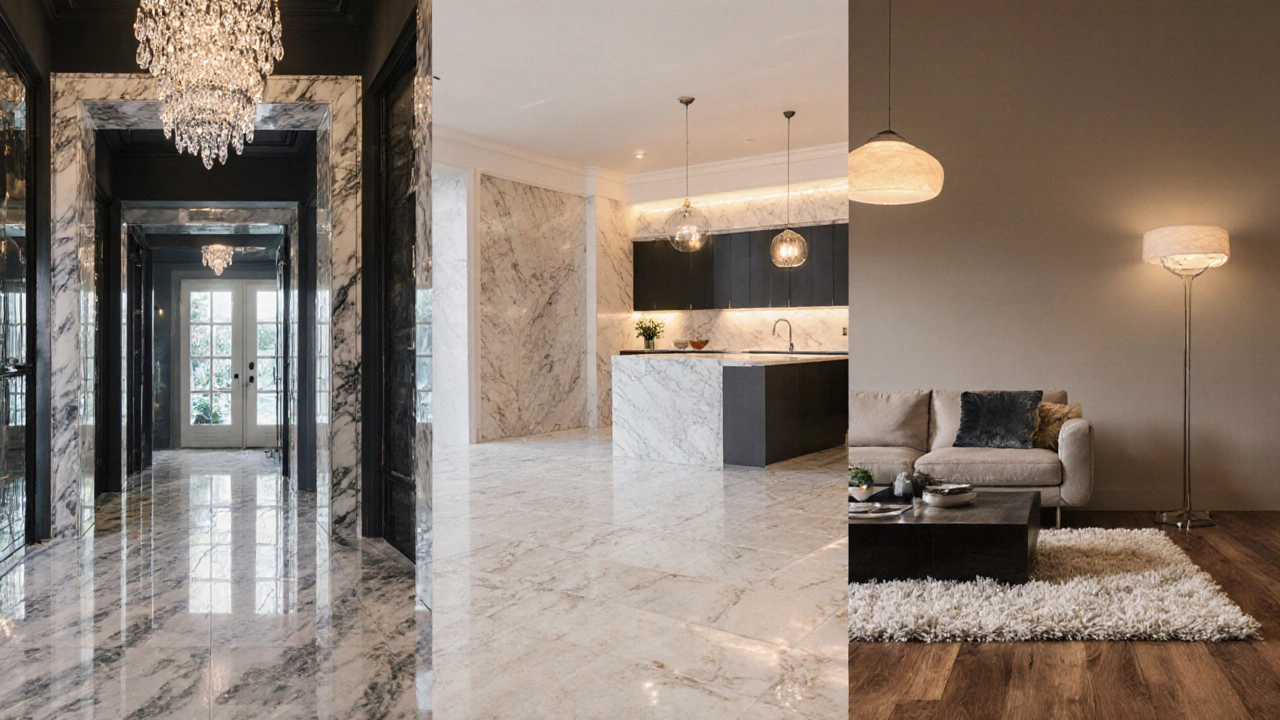
Top Luxury‑Looking Flooring Materials
Below are the most effective floor types for an upscale vibe. Each entry includes a brief definition, key attributes, and ideal settings.
Hardwood is a natural wood flooring that offers timeless elegance.
Hardwood’s grain, color depth, and ability to be refinished make it a perpetual favorite for high‑end interiors. Walnut provides a rich chocolate hue, while oak offers a lighter, more versatile look. Typical price: NZ$120‑$250 per square metre, depending on species and finish.
Marble is a metamorphic stone celebrated for its dramatic veining.
Marble instantly adds grandeur. Its polished surface mirrors light, creating an almost luminous quality. Best for foyers, bathrooms, and dining rooms where moisture resistance matters. Price ranges from NZ$200‑$450 per square metre, with installation adding a premium.
Porcelain Tile is a dense ceramic tile available in high‑gloss finishes.
Large‑format, polished porcelain mimics stone without the weight. It’s scratch‑proof and water‑tight, making it perfect for kitchens and high‑traffic areas. Expect NZ$90‑$180 per square metre for premium collections.
Luxury Vinyl Plank (LVP) is a synthetic flooring that replicates wood or stone textures.
LVP has come a long way-high‑definition embossing and a glossy top coat now give it an authentic look. It’s budget‑friendly (NZ$40‑$80 per square metre) and comfortable underfoot, ideal for living rooms where warmth matters.
Natural Stone includes travertine, limestone, and slate, each offering unique patterns.
Natural stone adds earthy luxury. Travertine’s subtle pores create a soft matte finish, while slate’s deep tones feel dramatic. Prices sit between NZ$130‑$300 per square metre.
Engineered Wood is a multi‑layer construction that mimics solid hardwood.
Engineered wood provides the look of real hardwood at a lower cost and better stability in humid climates. A wide‑plank, matte‑finished engineered floor can look as premium as solid oak. Expect NZ$70‑$130 per square metre.
Polished Concrete is a concrete slab finished with grinding and sealing to achieve a high sheen.
When sealed and polished, concrete showcases a sleek, industrial elegance. Color staining adds depth, and the reflective surface makes smaller rooms feel larger. Cost is roughly NZ$50‑$100 per square metre, plus polishing labor.
Bamboo is a fast‑growing grass that can be harvested for flooring.
Strand‑woven bamboo comes in rich, honey‑toned hues that rival exotic hardwoods. Its density gives a solid feel, and the straight grain offers a clean, upscale look. Pricing sits around NZ$80‑$150 per square metre.
Quick Comparison of Luxury‑Looking Floors
| Floor Type | Perceived Luxury (1‑5) | Typical Cost (NZ$/m²) | Maintenance | Best For |
|---|---|---|---|---|
| Hardwood (Walnut) | 5 | 200‑250 | Periodic refinishing | Living areas, bedrooms |
| Marble | 5 | 300‑450 | Sealing, gentle cleaners | Foyers, bathrooms |
| Polished Porcelain | 4.5 | 120‑180 | Easy mop‑up | Kitchen, hallways |
| LVP (Wood‑look) | 4 | 45‑75 | Simple sweep/mop | Family rooms, rentals |
| Natural Stone (Travertine) | 4.5 | 150‑250 | Seal annually | Bathrooms, patios |
| Engineered Wood | 4 | 90‑130 | Standard wood care | Basements, humid rooms |
| Polished Concrete | 4 | 60‑100 | Dust mop, occasional seal | Lofts, modern studios |
| Bamboo (Strand‑woven) | 4 | 100‑140 | Standard wood care | Eco‑friendly homes |
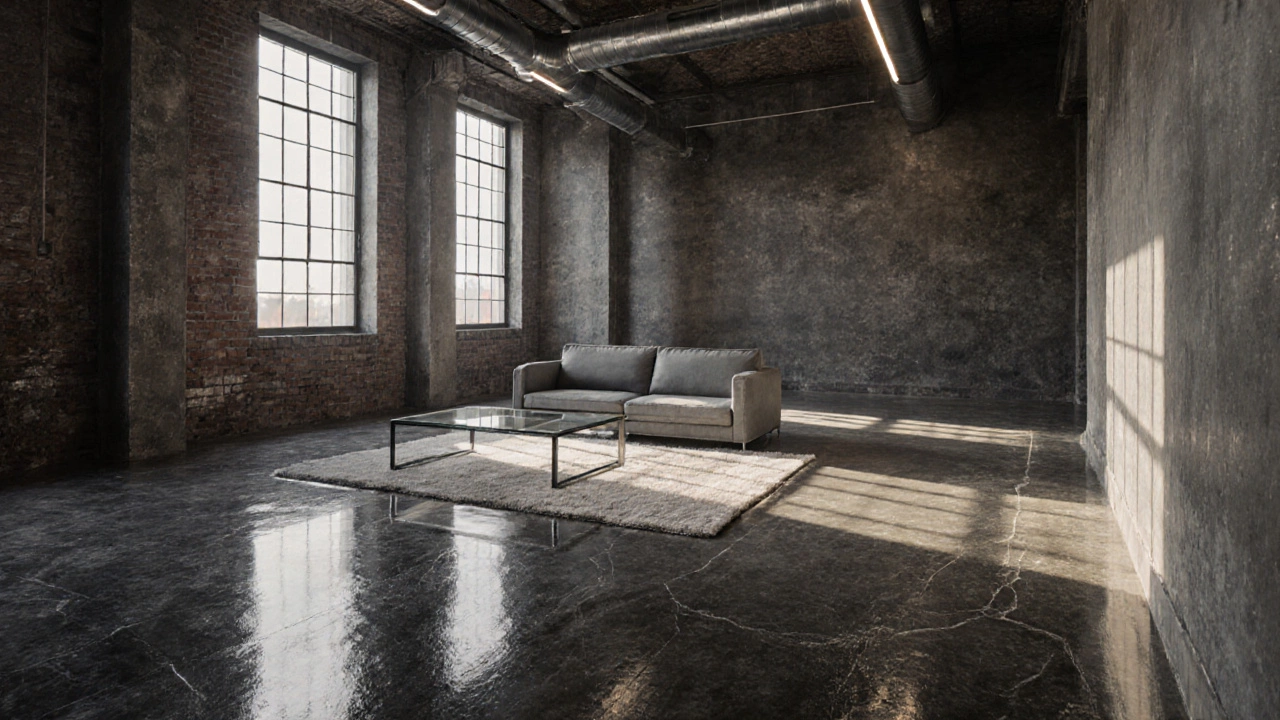
Tips to Amplify the High‑End Feel Without Breaking the Bank
- Play with lighting. Recessed LEDs or warm pendant lights bounce off glossy surfaces, making the floor appear richer.
- Choose large planks or tiles. Fewer grout lines or joints keep the visual field clean and upscale.
- Layer area rugs with low pile to add texture while preserving the floor’s shine.
- Pair with minimalist furniture. When the floor is the star, clutter dampens the luxe vibe.
- Consider a matte‑finish for stone or wood in contemporary designs; it reads as sophisticated rather than ostentatious.
Common Pitfalls and How to Avoid Them
Even the most luxurious floor can look cheap if installed or cared for poorly.
- Mismatch between floor and room size. Dark, heavy‑looking tiles in a tiny space can feel cramped. Opt for lighter tones or smaller formats when square footage is limited.
- Improper subfloor preparation. Uneven foundations cause gaps or squeaks, immediately giving a cheap impression.
- Skipping sealants on stone. Unsealed marble stains easily, leading to discolored patches that look aged.
- Using the wrong cleaning products. Abrasive cleaners scratch glossy finishes, dulling the shine.
- Over‑decorating. Too many patterns compete with the floor, making it look chaotic rather than refined.
Frequently Asked Questions
Which floor material gives the most luxurious look for the lowest cost?
Luxury Vinyl Plank (LVP) in a high‑gloss wood‑look finish can mimic premium hardwood or stone for as low as NZ$45 per square metre, especially when paired with proper lighting.
Can I install marble in a high‑traffic hallway?
Yes, but choose a honed rather than polished finish to reduce slip risk and use a high‑quality sealant to protect against staining.
Is polished concrete suitable for residential homes?
Absolutely. When stained and sealed, polished concrete looks sleek and modern, and it’s durable enough for everyday family life.
How often should I refinish hardwood floors to keep them looking high‑end?
Every 7‑10 years, or sooner if the finish shows wear. Regular cleaning and using protective pads under furniture extend the interval.
Do I need professional installation for LVP?
While LVP is designed for DIY, professional installers ensure tight seams and proper underlayment, which preserves the luxe look longer.
Choosing a floor that looks expensive flooring isn’t about splurging on the priciest material. It’s about understanding the visual language of luxury and matching it to your space, budget, and lifestyle. With the right material, finish, and finishing touches, any home can feel like a high‑end showcase.

